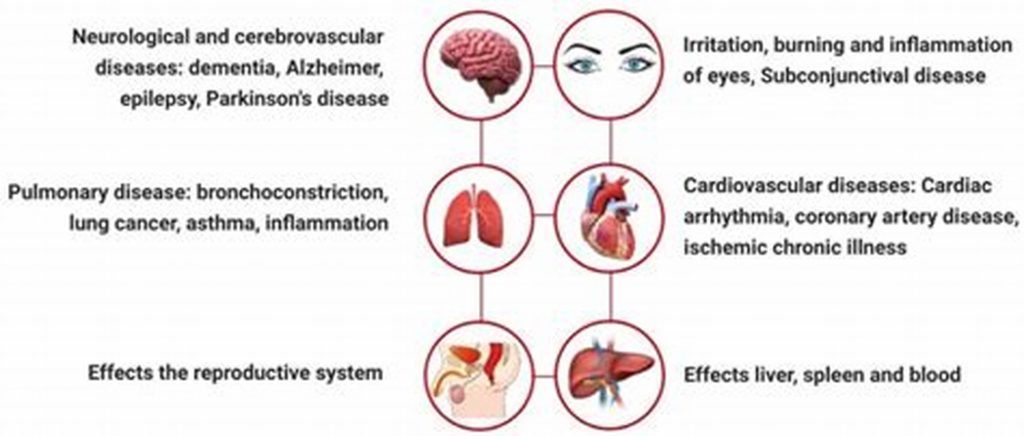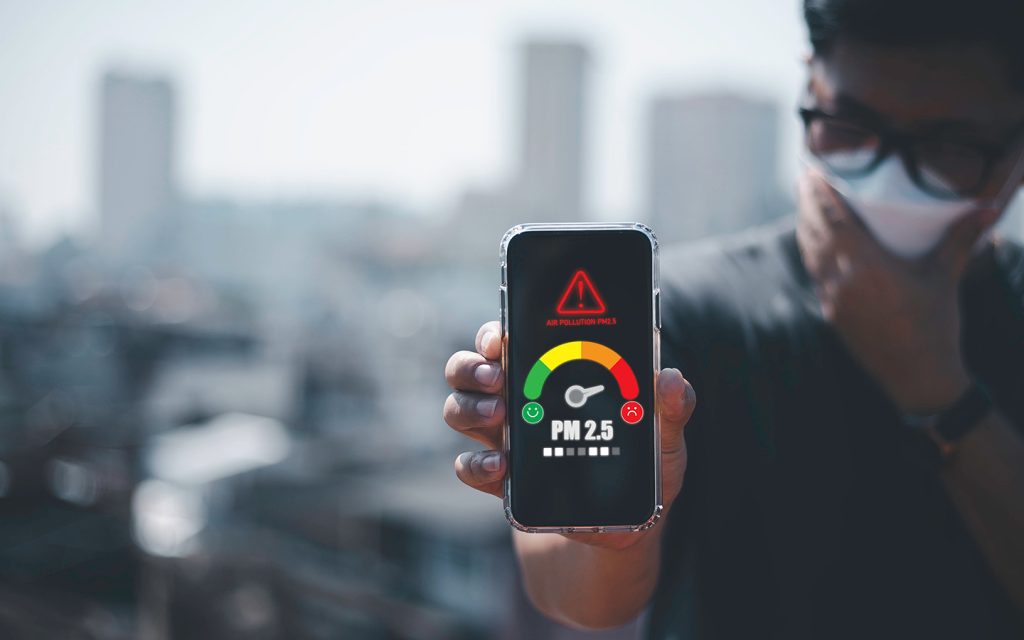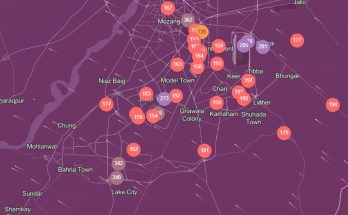Lahore, the capital of Punjab province, has been grappling with severe smog, making it one of the most polluted cities in the world. As of November 22, 2024, due to severe smog, Lahore’s Air Quality Index (AQI) reached a hazardous level of 502, placing it at the top of the global pollution charts. The city’s air quality has deteriorated significantly, with PM2.5 particles exceeding safe levels by more than 63.6 times the World Health Organization’s (WHO) acceptable limit.

Causes of Smog in Lahore
The primary contributors to Lahore’s smog include:
Industrial Emissions: Factories and industrial units release large amounts of pollutants into the air.
Vehicle Emissions: The high number of vehicles on the roads, especially those using low-grade fuel, contribute significantly to air pollution.
Weather Conditions: Cooler temperatures and slow-moving winds trap pollutants close to the ground, exacerbating the smog situation.
Government Measures
In response to the worsening air quality, the Punjab government has implemented several measures:
Restrictions on Outdoor Activities: The government has re-imposed restrictions on outdoor activities, including the closure of parks, zoos, and playgrounds.
Market Timings: Shops and markets are required to close by 8 PM, with exceptions for bakeries and drug stores.
Health Emergency: A health emergency has been declared in Lahore and Multan, with schools closed and online classes mandated.
Crackdown on Polluters: The Environmental Protection Department (EPD) has intensified its crackdown on smog-related violations, including fines and arrests for those burning crop residue and emitting industrial pollutants.
Health Impacts
The smog has severe health implications for residents, including:

Respiratory Issues: Increased cases of asthma, bronchitis, and other respiratory conditions.
Eye Irritation: Many people experience burning and watering eyes due to the high levels of pollutants.
Cardiovascular Problems: Long-term exposure to smog can lead to heart disease and strokes.
General Discomfort: Symptoms such as headaches, fatigue, and throat irritation are common.
Safety Measures
To protect yourself from the harmful effects of smog, consider the following safety measures:

Limit Outdoor Activities: Avoid outdoor activities, especially during peak smog hours. Stay indoors as much as possible.
Use Air Purifiers: Invest in air purifiers for your home to reduce indoor air pollution.
Wear Masks: Use N95 masks when you are outside to filter out harmful particles.
Keep Windows Closed: Keep windows and doors closed to prevent smog from entering your home.
Stay Hydrated: Drink plenty of water to help your body flush out toxins.
Use Air purifiers: Use Air purifiers to maintain indoor humidity levels, which can help reduce respiratory irritation.
Monitor Air Quality: Regularly check the AQI and plan your activities accordingly. Avoid going out when the AQI is particularly high.
The smog situation in Lahore is a serious concern, and it requires collective efforts from the government, industries, and citizens to mitigate its impact. By following these safety measures, you can protect yourself and your loved ones from the adverse effects of smog.
Stay safe and take care! If you have any more questions or need further assistance, feel free to ask.




